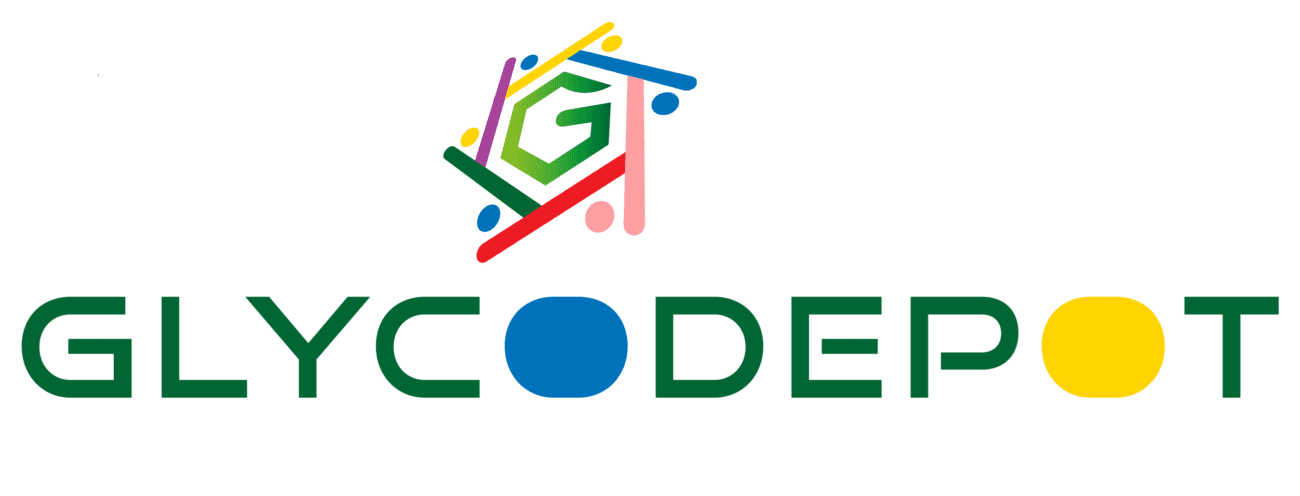1,2,3,6-Tetra-O-acetyl-4-deoxy-4-fluoro-D-glucopyranose is a chemically engineered derivative of D-glucose in which the hydroxyl group at carbon 4 is replaced by a fluorine atom and the hydroxyl groups at carbons 1, 2, 3, and 6 are protected as acetates. It appears as a white crystalline powder or solid and is typically produced via selective acetylation and fluorination of D-glucose intermediates. The incorporation of fluorine at C4 provides increased resistance to enzymatic hydrolysis, and affects the sugar’s electronic properties, making it a useful probe for enzyme mechanism studies and a precursor for synthesizing fluorinated glycomimetics. Its acetylated form makes it more suitable for organic synthesis and purification. This compound holds significance in medicinal chemistry, carbohydrate research, and radiochemistry, especially in the context of 18F-labeled PET tracers, as its unique structure enables exploration of enzyme specificity, metabolic stability, and sugar recognition by proteins or transporters. It is offered in high purity, microbiologically clean, and supplied with thorough spectral and analytical identity controls.
IUPAC Name
- (2R,3S,4R,5R,6S)-4-fluoro-1,2,3,6-tetra-O-acetyl-D-glucopyranose
Appearance
- White crystalline powder or solid
Source
- Synthesized via regioselective fluorination of protected glucose derivatives, often using a fluorinating agent after partial acetylation
Molecular Weight and Structure
- Molecular Formula: C14H19FO9
- Molecular Weight: 350.29 g/mol
- Structure: Six-membered pyranose ring (glucopyranose) with acetyl groups on C1, C2, C3, C6, and fluorine at C4
- SMILES: CC(=O)O[C@H]1OC@HC@@HC@H[C@@H]1OC(C)=O
Sugar Specificity
- Fluorinated analog of D-glucose, specifically modified at C4
- Used as an inhibitor or mechanistic probe in studying glycosidases and glycosyltransferases
Biological Activity
- Not naturally occurring; used as a probe for enzyme specificity, metabolic fate, and recognition in biochemical pathways
- Polyacetylated analog serves as a precursor for radiolabeled PET tracers and fluorinated drugs
Purity and Microbial Contamination
- Purity: Typically ≥97–99% (checked by HPLC/NMR/MS)
- Chemical synthesis under GMP or laboratory protocols provides microbiologically clean product
Identity and Quality Control
- Confirmed by NMR, mass spectrometry, and chromatographic purity analysis
- Certificate of Analysis (COA) and full spectral data usually supplied
- Melting point and optical rotation reported on bulk lots for reproducibility
Shelf Life and Storage
- Store under refrigeration (2–8°C); stable for 1–2 years in tightly sealed, dry containers
- Protect from moisture and light to preserve acetyl groups and minimize hydrolysis
Application
- Intermediate for synthesizing deacetylated, active 4-fluoroglucose derivatives
- Utilized in PET radiochemistry and drug development
- Reference standard and probe in analytical, biochemical, and structural biology studies
- Supports development and analysis of fluorinated glycomimetics, glycosidase inhibitors, and metabolic studies
Key Characteristics
- Tetraacetylated 4-fluoro analog of D-glucose
- CAS number: 189607-16-3
- Molecular weight: 350.29 g/mol
- White crystalline solid with defined melting point and spectral identity
- Acetyl protection facilitates synthetic manipulation and purification
- High purity with stringent quality controls and identity verification
- Stable under refrigeration for extended research use
- Integral for fluorinated sugar chemistry, enzyme mechanism studies, molecular imaging, and pharmaceutical research
Citations
- ChemicalBook molecular and CAS data
- ChemicalRegister additional CAS references
- GuideChem product specification
- Sigma-Aldrich related acetylated glucopyranose
- ScienceDirect PET imaging and compound stability
- PubMed Central PET stability studies
- Manta et al. nucleoside fluorination for glycomimetic research
- ChemicalBook related beta-anomer
- Brieflands quality control/stability studies
- PMC studies on glucopyranose analogs

Reviews
There are no reviews yet.